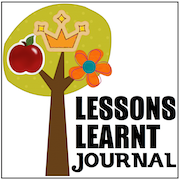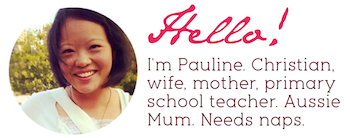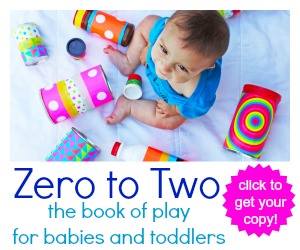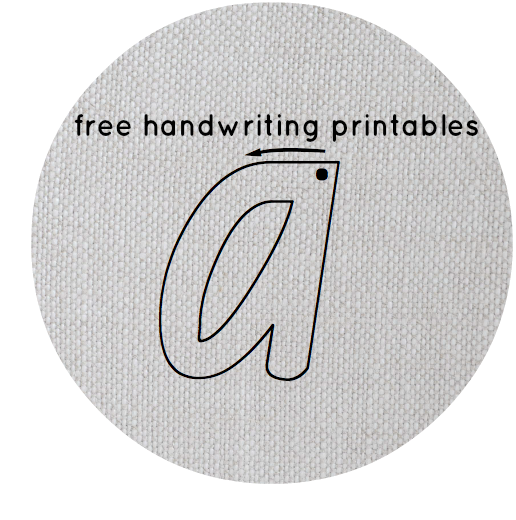Learning the alphabet is a building block of being literate, and being literate is an important and valuable skill to possess.
Alphabetic principle consists of both alphabet letter naming ability and alphabet letter sound knowledge. Often it is the alphabet letter sound ability that is harder of the two areas for students learn.
Simple ideas for introducing the alphabet letter sound [n].
Show children a written lower case [n].
- Model the mouth movement and sound [n].
- Visually connect the picture/word “nose” with the letter sound [n].
- Kinaesthetically point to your nose.
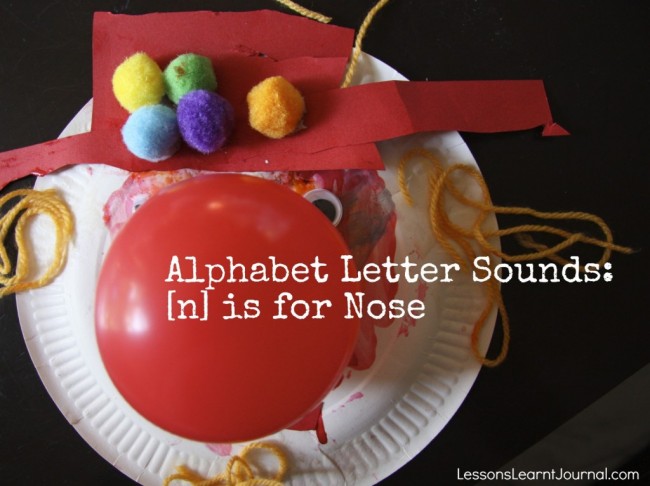
To further support the learning of the alphabet letter sound [n], make a big-nosed clown.
Paint the back of a paper plate with paint. Let it dry. Poke a hole in the middle of the paper plate with a pencil or scissors; (I did this part).

Cut shapes for a hat from cardboard & paste it onto the paper plate. Cut out a paper mouth and add that to the paper plate. Stick on some eyes. Decorate the hat – (we used some pom poms) and cut up some yarn and glue it on for hair (and in our case also a beard).
Goodness, this face looks quite scary! M was obsessed with the colour red. He was also fixated on cutting things up.
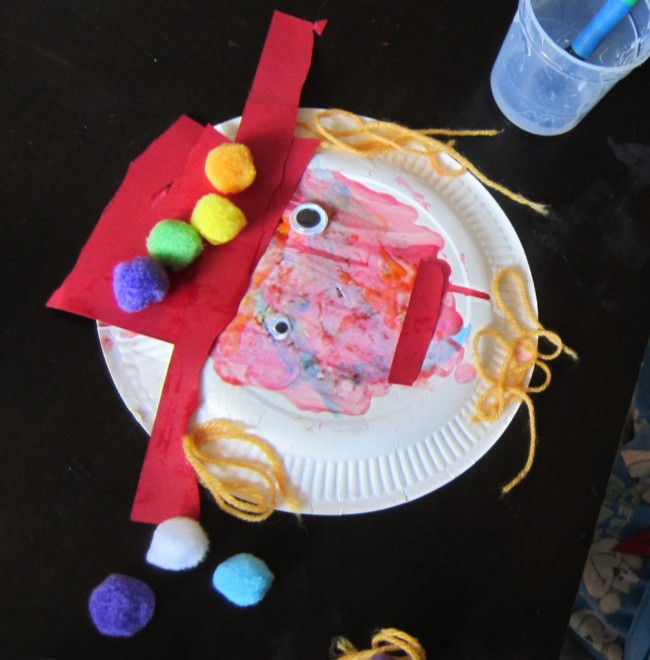
Blow up a balloon a little way and poke it through the hole, and you have one big-nosed clown.

September 2011
Looking for more ideas to teach letter sound ideas?
[m] is for mixing the wonderfully sweet
[a] is for chocolate fairy apple
[s] is for stars
[e] is for egg
Here are some wonderful online literacy resources:
Primary English Teaching Association Australia
The Balanced Literacy Diet
Playdough to Plato

